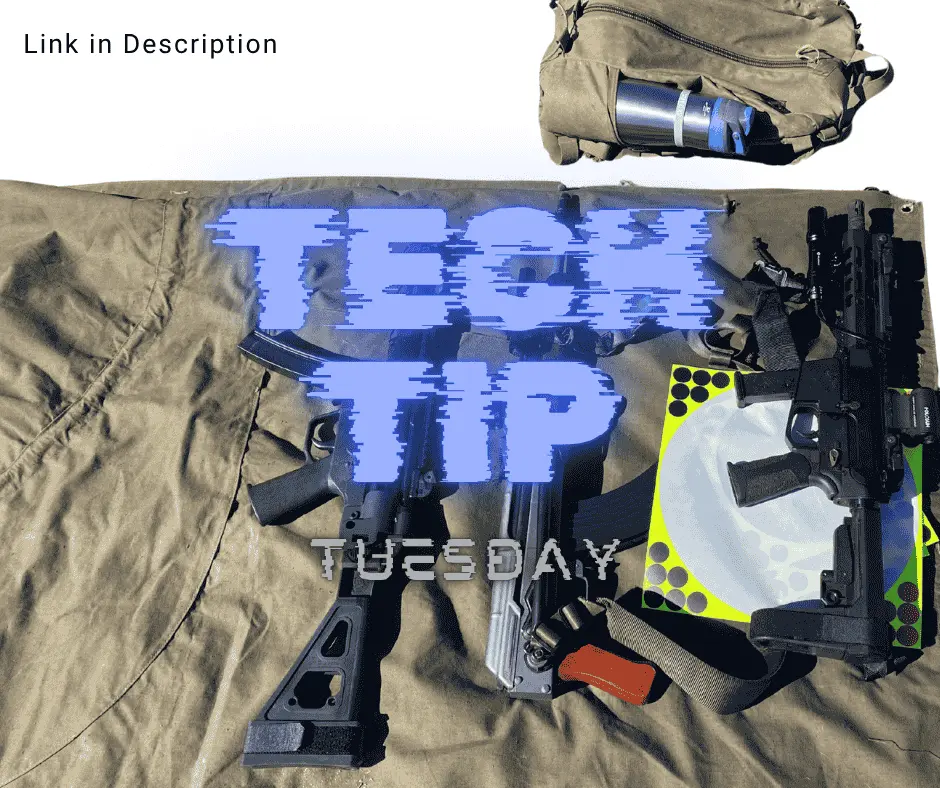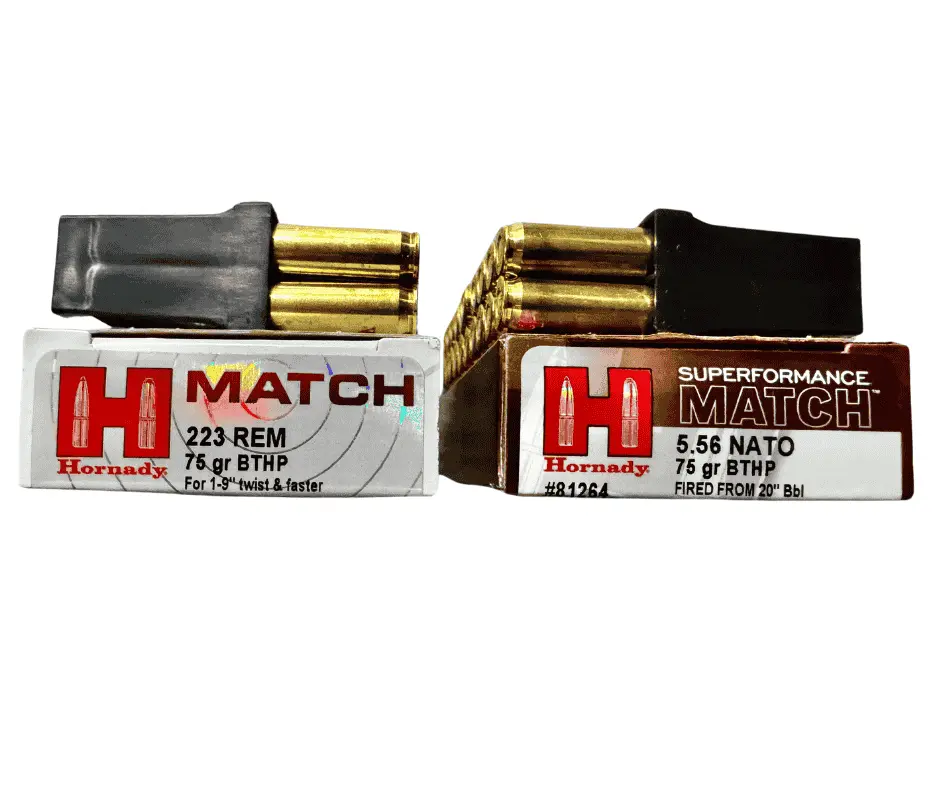
Welcome back to another Tech Tip Tuesday! Today, we’re tackling a topic that can confuse even seasoned shooters: the differences between 5.56 NATO and .223 Remington. In this comparison, we’re looking at two similar offerings from Hornady—the Hornady .223 Match 75 gr BTHP and the Hornady 5.56 Supermatch 75 gr BTHP. While these two cartridges may look almost identical and can often be fired from the same rifles, there are some crucial differences you need to be aware of—differences that can impact your rifle’s performance, safety, and accuracy.
Let’s break it all down so you can make an informed decision about which cartridge is best suited for your specific needs.
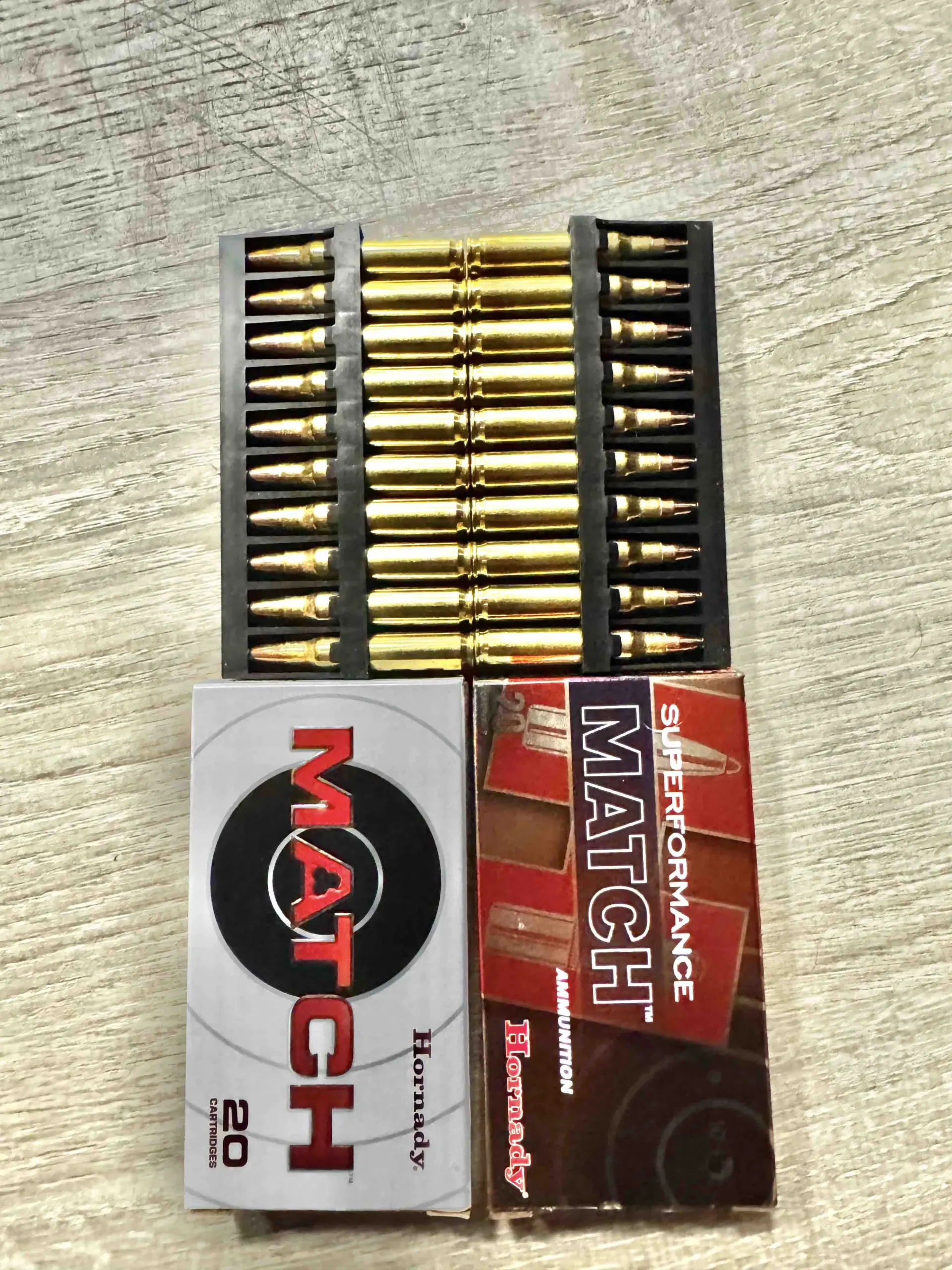
The Basics: 5.56 vs. .223
At first glance, 5.56 NATO and .223 Remington look similar—both are small-caliber rifle cartridges with a .22-caliber bullet. However, they were developed for different purposes and have some differences in pressure, chambering, and intended use.
- 5.56 NATO: Developed by the military, 5.56 is a higher-pressure cartridge designed for military rifles and is often used in combat situations. It is generally loaded to higher pressures and has slightly different dimensions than its .223 counterpart.
- .223 Remington: This is the civilian variant and is commonly used for target shooting, hunting, and self-defense. It operates at slightly lower pressures than 5.56 and is typically designed for rifles marked with “.223” chambers.
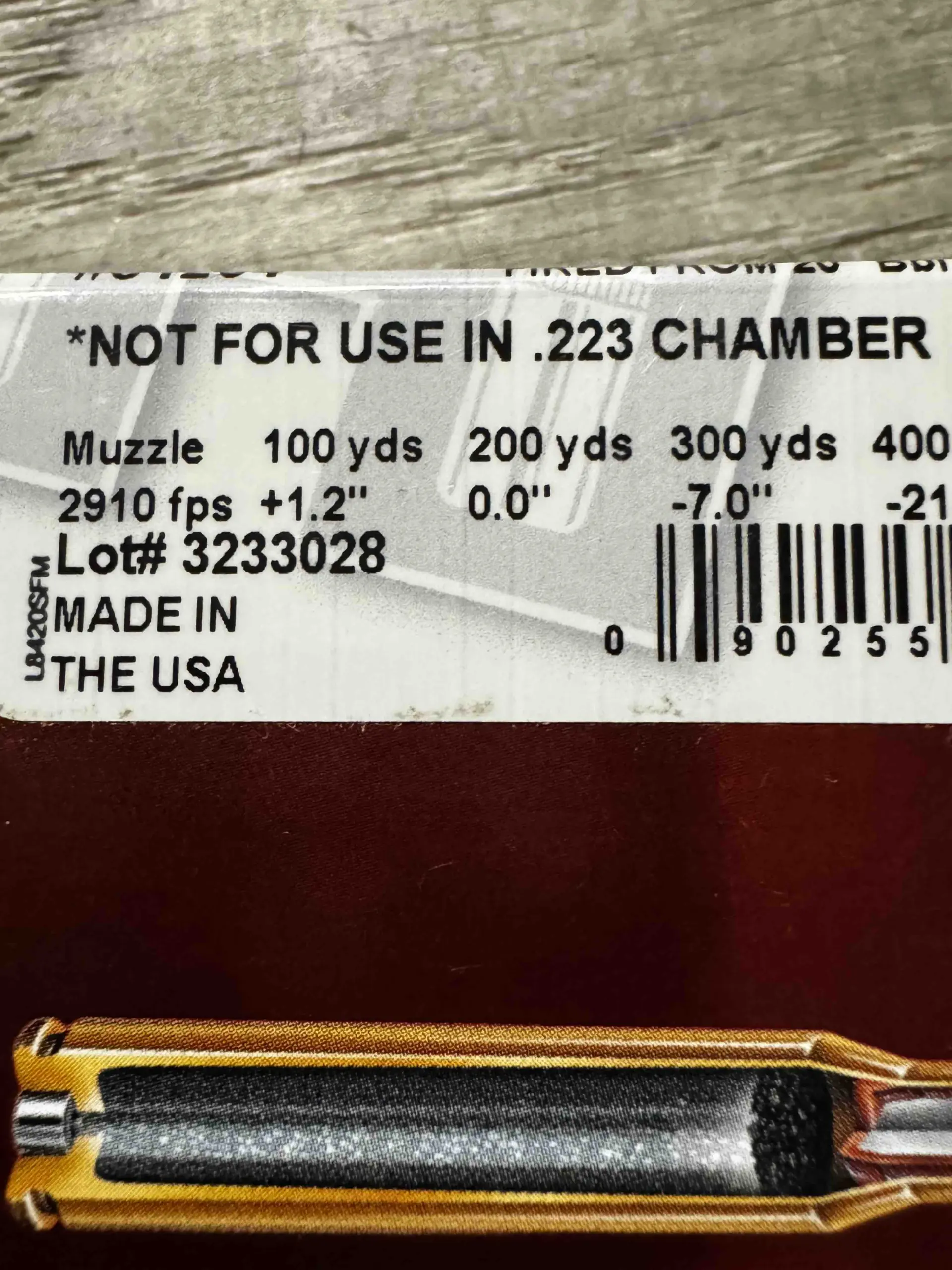
1. Chamber Pressure Differences
The main difference between 5.56 and .223 lies in the chamber pressure they generate.
- 5.56 NATO is designed to operate at higher pressures, with some loads reaching up to 62,000 psi (pounds per square inch).
- .223 Remington, on the other hand, typically operates around 55,000 psi.
Because of this higher pressure, 5.56 requires stronger chambers and barrels. Firing 5.56 in a rifle chambered solely for .223 could potentially result in a catastrophic failure due to the increased pressure.
Bottom Line: You can fire .223 in a 5.56 chamber safely, but not vice versa—firing 5.56 in a .223 chamber is not recommended due to pressure concerns.
2. Chamber Dimensions
The chamber dimensions of 5.56 NATO and .223 Remington are not exactly the same. While the external dimensions of the cases are nearly identical, the internal chambers differ slightly.
- 5.56 chambers are cut slightly larger, particularly in the throat area, allowing for more expansion of gas. This makes the 5.56 chamber better suited for higher-pressure rounds, reducing the risk of pressure spikes.
- .223 chambers have a shorter throat (also called the “leade”), which helps improve accuracy with .223 rounds but is not designed to handle the higher pressure of 5.56 rounds.
Bottom Line: Rifles specifically marked for 5.56 can handle both 5.56 and .223 safely. Rifles marked .223 are designed for .223 only. If in doubt, always check your rifle’s barrel markings before using 5.56 ammo.
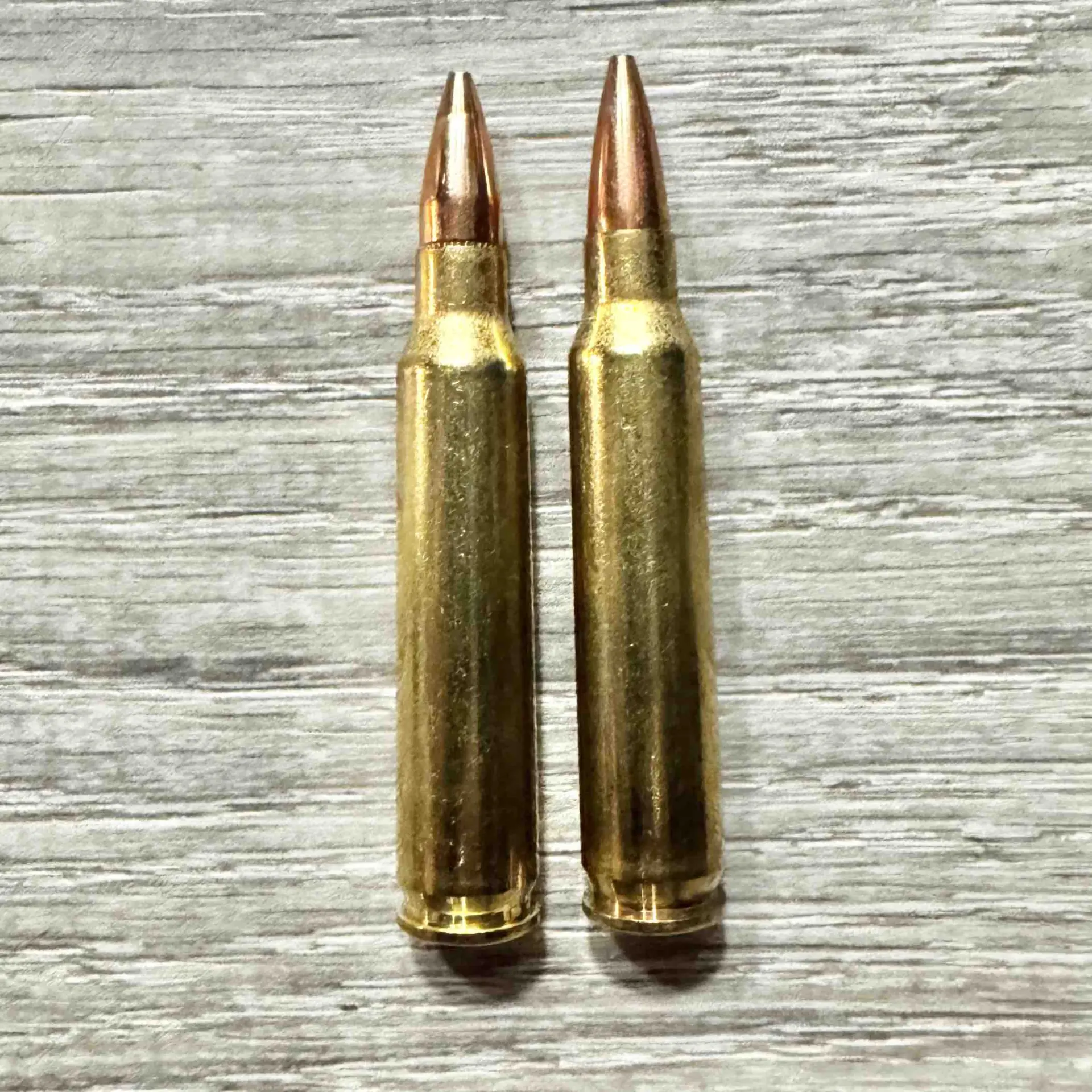
3Accuracy, Performance, and Terminal Ballistics
Accuracy and performance are key considerations for any shooter, especially when comparing .223 Remington and 5.56 NATO. While .223 Remington is generally more precise, 5.56 NATO offers other advantages due to its higher velocity.
- .223 Remington: The shorter throat and tighter chamber dimensions of the .223 contribute to improved bullet seating and greater consistency, translating to tighter groups and making it a preferred choice for precision shooting and competition. Shooters aiming for maximum accuracy at longer distances may find that .223 is more consistent, especially with high-quality barrels and particularly with bolt action rifles.
- 5.56 NATO: While 5.56 is designed for combat reliability, it has the added advantage of higher velocity, which often leads to better terminal performance and bullet fragmentation on impact. This can be a crucial factor in self-defense or tactical settings. The higher velocity also helps produce a flatter trajectory, which improves predictability and can even offset some accuracy loss from the looser chamber dimensions, particularly with high-quality barrels.
Bottom Line: If precision shooting is your primary goal, .223 is usually the better choice. However, if you’re training for defensive use or tactical scenarios, 5.56 offers increased flexibility, reliable terminal ballistics, and flat-shooting performance at higher velocities, making it well-suited for combat or defensive roles.
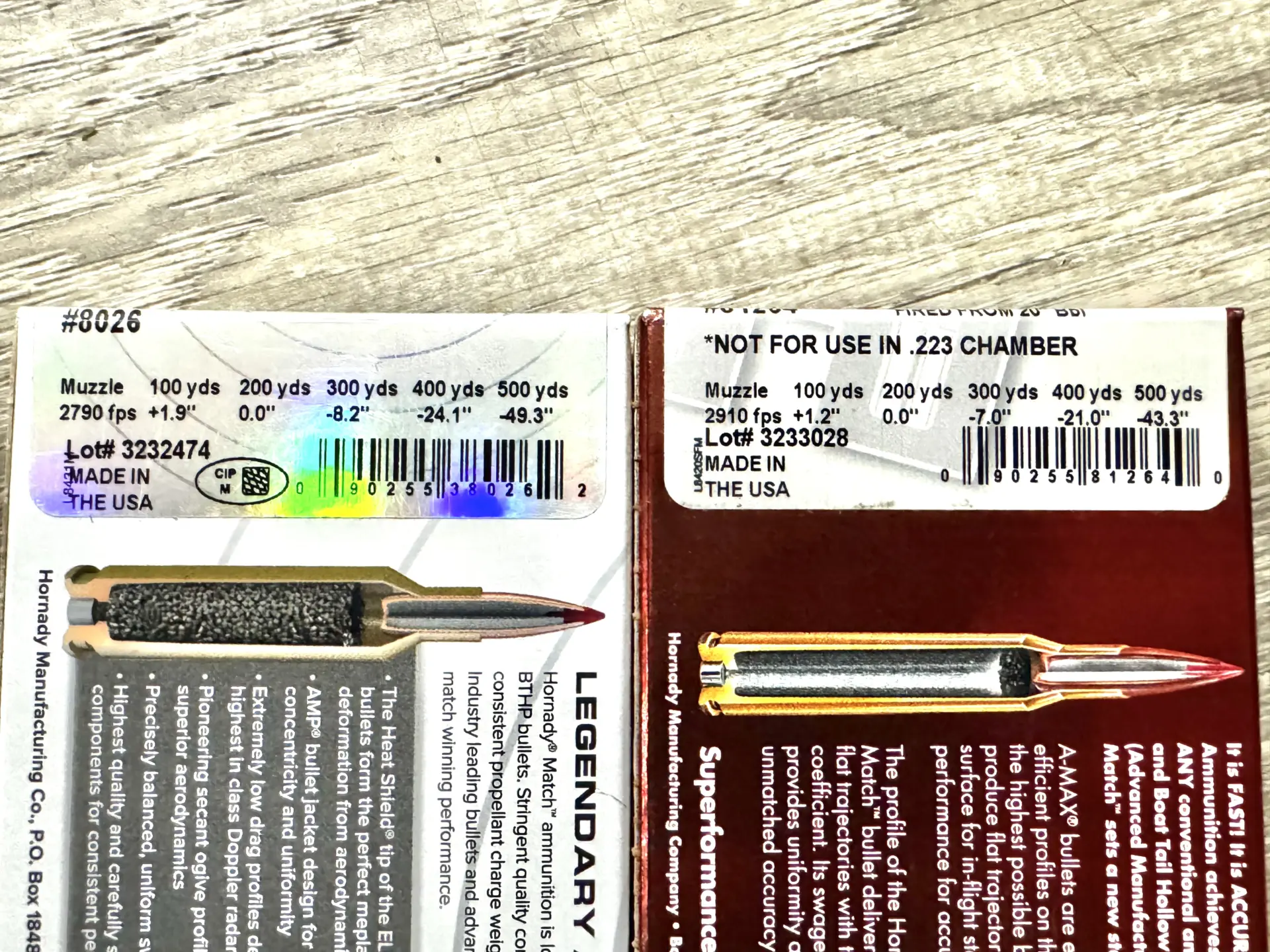
4. Cost and Availability
Cost and availability are always important considerations for shooters.
- .223 Remington tends to be slightly cheaper than 5.56, making it a better option for shooters on a budget or those who like to spend lots of time at the range. It’s also widely available, from sporting goods stores to local gun shops.
- 5.56 NATO can be more expensive due to its military origins and the additional manufacturing processes required for higher-pressure loads. However, bulk 5.56 ammo is often available from surplus suppliers or military contractors, which can bring the price down.
Bottom Line: For those looking to save a little money on ammo, .223 is the way to go. For those prioritizing defensive capabilities, the added cost of 5.56 may be worth it.
TFirearms’ Take on 5.56 vs. .223
At TFirearms, we see shooters debate the 5.56 vs. .223 question all the time, and the reality is that both cartridges have their strengths. We typically recommend keeping your setup flexible, which means investing in a rifle chambered for 5.56 NATO. Except in rare circumstances, all of our custom builds are in 5.56 or .223 Wylde (another can of worms we should discuss in a future blog post). This chambering allows you to safely shoot both 5.56 and .223, offering the best of both worlds in terms of versatility and cost-effectiveness.
If you’re planning to build or buy a new AR, starting with a 5.56 chamber is almost always the best route. It opens up a broader range of ammunition options and prepares you for various scenarios, from range days to defensive situations.
Final Thoughts: Know Your Ammo
Understanding the differences between 5.56 NATO and .223 Remington is crucial for any shooter who wants to get the most out of their rifle. While the two cartridges look similar, the pressure differences, chamber dimensions, and performance characteristics set them apart.
In summary:
- If you’re looking for precision or affordability, go with .223 Remington.
- If you want flexibility, reliability, and defensive capabilities, choose 5.56 NATO.
- When in doubt, choose a rifle chambered for 5.56, as it can safely shoot both rounds.
Remember, always check your barrel’s markings to ensure compatibility and safety, and train regularly with both cartridges to understand their unique characteristics.
Stay safe, shoot straight, and as always, if you have any questions about ammo, rifles, or anything else gun related, feel free to reach out to us at TFirearms. We’re here to help you make informed decisions so you can be the best shooter possible.
See you next Tuesday for another tech tip!
